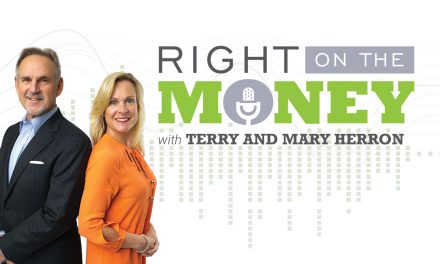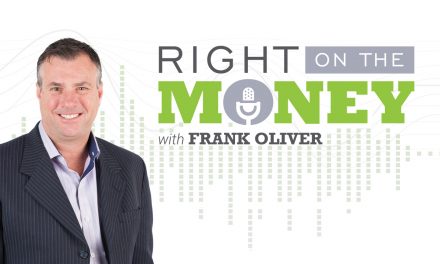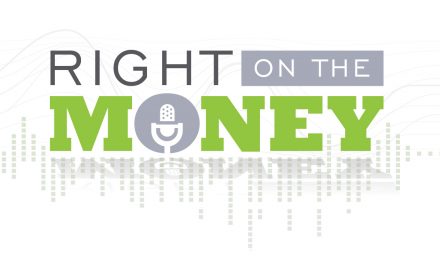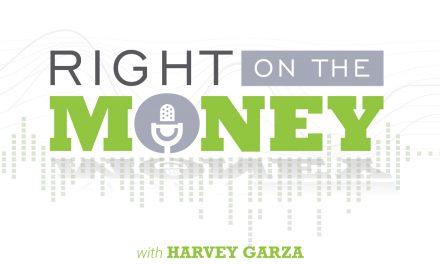Spending Less in Retirement Out of Fear of Running Out of Money
The baby boomers have had a significant impact on American culture and now it’s their turn to change the landscape of what retirement will look like in the future. Actually, it’s already begun—and it’s not your grandparents’ retirement. But one aspect of the predeceasing generation that seems to have been passed down from the World War II and Korean War generation is living a “just in case retirement,” a lifestyle of thrifty living, just in case. Just in case what?
The countless variables in retirement can often overwhelm new retirees. Many baby boomers have had to make adjustments to their vision of retirement based on the economic realities of paying off the children’s college debt and parents’ long-term care costs. Some economists have dubbed the boomers, “the sandwich generation,” burning through their financial resources at both ends leaving little money left for retirement. The psychonomics could change the charge-card generation into the most thrift-conscience demographic since the great depression.
The thrift shift is on its way. It may usher a return to their former anti-materialistic, hippie lifestyle. But it doesn’t have to be this way. Here’s a quick roadmap to get off the detours and onto the highway to retirement.
The Hybrid Retirement Plan: You’re going to live longer—much longer—so you need to work longer, at least to age 70, and consider part-time employment after that to keep you engaged with life. With the full retirement age (FRA) at 66 for most boomers, you’re working four more years and have four less years in retirement.
Maximizing Social Security & Qualified Retirement Planning: The economic advantages of working to age 70 mean you can delay Social Security to maximize your benefits and make additional contributions to your retirement plan up to age 70½ when you’re required to take minimum distributions.
The HECM Strategies: There are three basic strategies under the Home Equity Conversion Mortgage (HECM) program offered by the government for seniors age 62 and older. The critical caveat to these strategies is based on you living in your retirement home until your death. The first and most recognizable HECM strategy is a reverse mortgage, which generates monthly tax-free income for life. The second HECM strategy is purchasing a home for around half its value in cash. Under this scenario, you still have a mortgage, but not a mortgage payment. The third HECM strategy is securing an annually appreciating equity line of credit uncorrelated to the market value of your home.
Watch the interview on the “just in case retirement” with Tom Hegna, popular platform speaker, retirement specialist and best-selling author. Tom has two retirement books entitled Don’t Worry, Retire Happy and Paychecks and Playchecks. Tom has also hosted the PBS Special, “Don’t Worry, Retire Happy.”
Nationally syndicated financial columnist Steve Savant interviews Tom Hegna, popular platform speaker, retirement expert and best selling author. Tom has two retirement books entitled Don’t Worry Retire Happy and Paychecks and Playchecks. Tom has also hosted the PBS Special, Don’t Worry Retire Happy.





